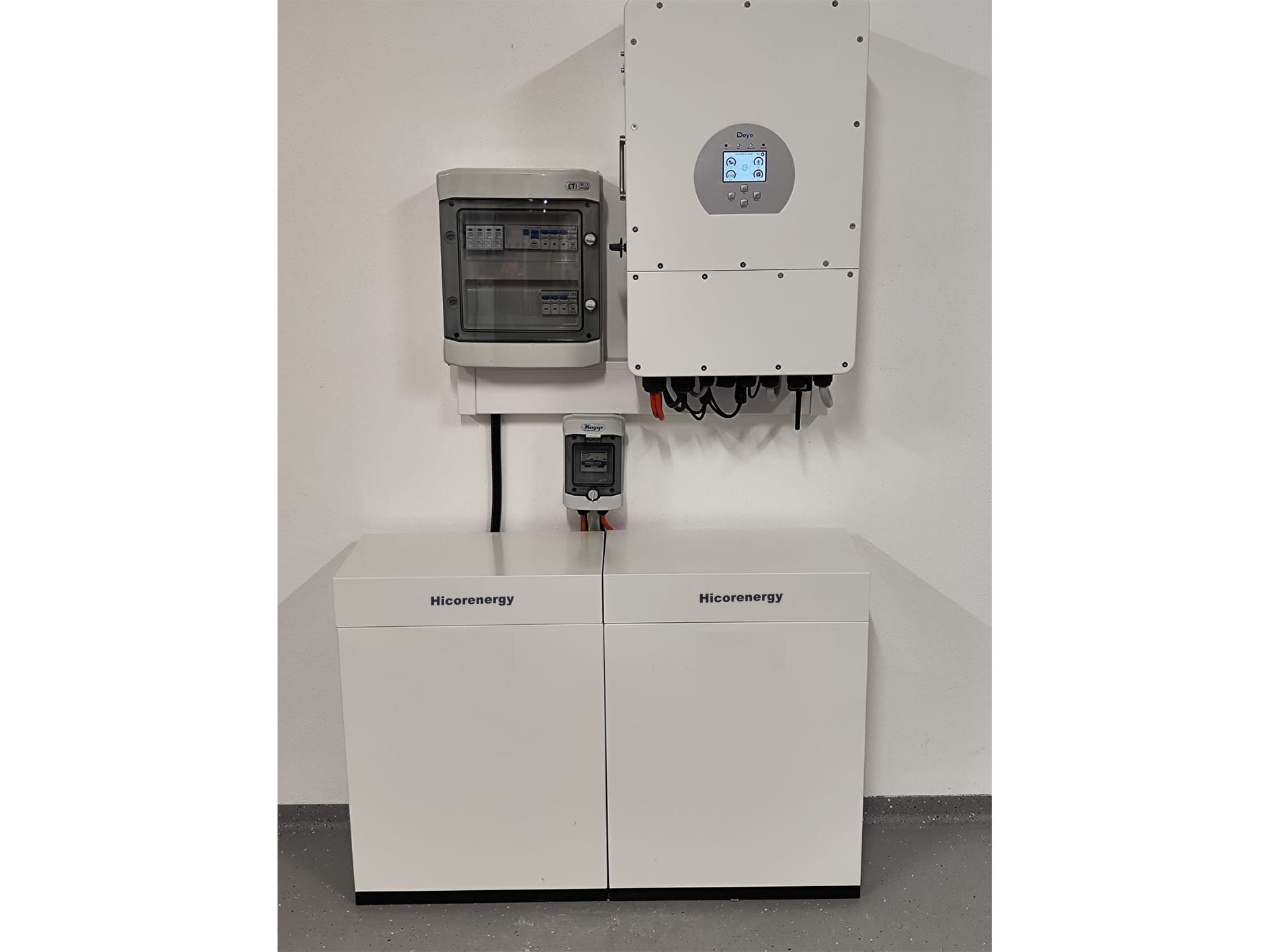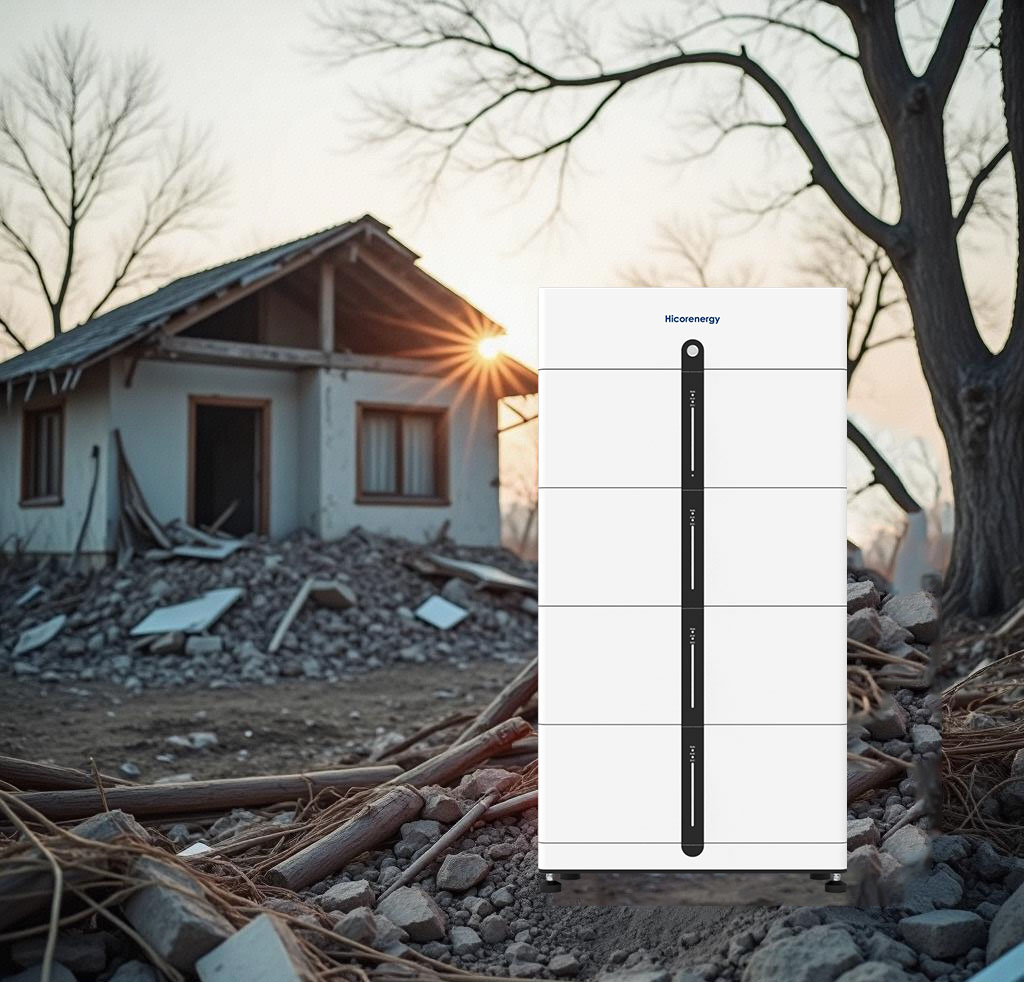Table of Contents
Understanding the Role of Energy Storage in Disaster Recovery and Prevention
Energy storage solutions play a critical role in disaster preparedness by ensuring a reliable power supply when the grid fails. These systems store electricity from renewable sources or the grid and provide backup power during emergencies, helping individuals and communities remain resilient in the face of natural disasters and unforeseen events.

Advantages of Energy Storage for Disaster Preparedness: Why It Matters
Energy storage systems are invaluable for disaster preparedness, offering multiple benefits that enhance resilience and energy independence. Here are some key advantages:
Uninterrupted Power Supply: During power outages caused by disasters, energy storage solutions provide seamless backup, keeping homes, businesses, and essential services operational. This is particularly critical for hospitals, emergency shelters, and communication networks, which require continuous power to function effectively.
Grid Independence: Energy storage reduces reliance on the grid, ensuring power availability even in remote or disaster-prone areas. This is especially beneficial in regions where extreme weather events frequently disrupt electricity infrastructure.
Cost Savings: By storing energy during off-peak hours and using it during peak demand, storage systems help reduce electricity costs. Consumers can optimize energy consumption by leveraging stored power when utility rates are high.
Integration with Renewable Energy: Solar or wind-powered storage solutions enhance sustainability, reducing dependence on fossil fuels. This promotes long-term energy security while minimizing environmental impact.
Scalability and Flexibility: Modern battery storage systems allow easy expansion, adapting to different power needs. Households, businesses, and industrial facilities can customize their storage capacity according to their unique requirements.
How to Increase Disaster Resilience with Energy Storage Solutions?
Reliable energy storage solutions strengthen disaster resilience by providing backup power and supporting grid stability. Implementing scalable, high-capacity storage systems ensures energy security for both residential and commercial applications. As climate-related disasters become more frequent, adopting energy storage technologies can significantly improve preparedness and response capabilities, reducing the long-term impact of power disruptions.
Emerging Markets for Disaster Preparedness Energy Storage
The demand for energy storage in disaster preparedness is growing across various regions. Developing countries, particularly in Africa, Southeast Asia, and parts of Latin America, are investing in energy storage solutions to mitigate the impact of unreliable electricity infrastructure. In many of these areas, frequent power outages caused by natural disasters and aging grids make backup power solutions essential.
Industrialized nations are also expanding their energy storage capacities to safeguard critical infrastructure, such as hospitals, emergency response centers, and data centers, during extreme weather events and natural disasters. Governments and private enterprises are increasingly recognizing the importance of resilient energy systems, leading to policy incentives and investment in advanced energy storage technologies.
Additionally, the rise of microgrids—localized energy networks that function independently from the main grid—is contributing to the rapid growth of disaster-preparedness energy storage markets. Microgrids equipped with battery storage enhance community resilience by ensuring continuous power supply during emergencies.
Effective Energy Storage Solutions for Resilience: Types and Technologies
There are several energy storage technologies suitable for disaster preparedness:
Lithium-Ion Batteries: Known for high energy density, efficiency, and longevity, lithium-ion batteries are widely used in residential and commercial storage solutions. Their ability to store large amounts of energy in a compact form makes them an ideal choice for emergency preparedness.
Lead-Acid Batteries: While more affordable, lead-acid batteries have a shorter lifespan and require regular maintenance. They are commonly used in backup power systems where initial cost is a primary concern.
Flow Batteries: Ideal for large-scale storage, flow batteries offer extended cycle life and deep discharge capabilities. They are highly efficient in storing energy for prolonged periods, making them suitable for grid resilience applications.
Compressed Air Energy Storage (CAES): This technology stores energy as compressed air and converts it back to electricity during power shortages. CAES is particularly useful for large-scale energy storage applications.
Hydrogen Fuel Cells: Offering long-duration energy storage, fuel cells provide a sustainable backup power source. They can be integrated with renewable energy systems to create a fully independent energy solution.
What To Consider With Your Energy Storage Systems for Disaster Preparedness: Key Factors
When choosing an energy storage system for disaster preparedness, consider the following:
Capacity and Scalability: Ensure the system meets immediate and future energy needs. A scalable solution allows for capacity expansion as energy demands increase over time.
Durability and Lifespan: Opt for solutions with high cycle life and reliability. Long-lasting batteries reduce replacement costs and improve long-term resilience.
Maintenance and Monitoring: Systems with remote monitoring capabilities help track performance and detect issues early. Smart monitoring technology enables real-time data analysis, optimizing system efficiency.
Compatibility with Renewable Energy: Storage systems should integrate seamlessly with solar or wind energy. Hybrid energy solutions that combine battery storage with renewables enhance sustainability and energy independence.
Safety and Certifications: Look for products that comply with international safety standards. UL, IEC, and other certifications ensure reliability and operational safety.
Response Time: In disaster scenarios, quick response times are critical. The best energy storage solutions offer fast discharge capabilities to provide instant backup power when needed.

Residential Energy Storage and Emergency Preparedness: A Lifeline for Your Home
Hicorenergy provides advanced residential energy storage solutions designed for disaster preparedness:
I-BOX 48100R: A high-efficiency solar battery storage system compatible with major inverters, offering long cycle life and remote monitoring. With 6,000 cycles and up to 20 years of design life, it ensures long-term reliability.
C5°: Features enhanced energy density, remote upgrading, and a wide operating temperature range, making it a reliable backup power source. Its smart monitoring system allows users to track and manage energy consumption efficiently.
Si LV1: Compact and modular, this plug-and-play storage system allows for easy installation and scalability, ensuring continuous power supply during emergencies. Its rugged outdoor-rated enclosure ensures durability in harsh conditions.
Conclusion
Hicorenergy’s energy storage solutions provide reliable, scalable, and efficient backup power for disaster preparedness. With a focus on safety, durability, and performance, these systems empower households and businesses to remain resilient in the face of unexpected power disruptions. Investing in energy storage technology is a proactive step toward ensuring uninterrupted power, cost savings, and long-term sustainability.

-scaled.png)
